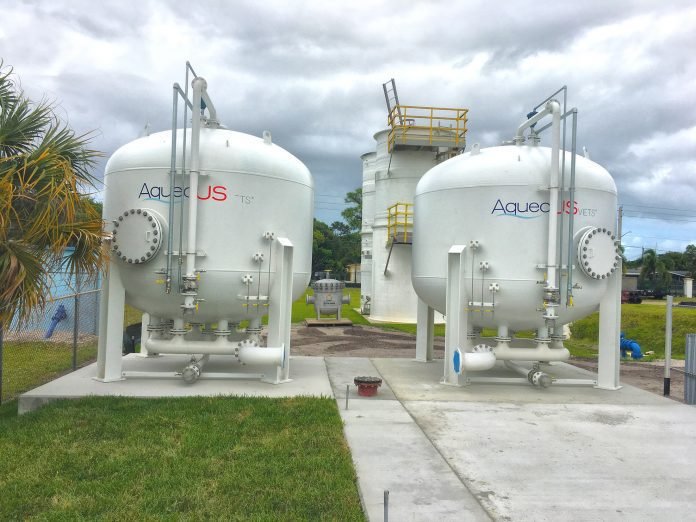Last Updated on November 7, 2023 by Asfa Rasheed
PFAS stands for perfluorinated and polyfluorinated substances, which are man-made pollutants that cause environmental pollution. These compounds have been employed to manufacture non-stick and water-resistant consumer goods for generations. They’re even in firefighting aerogels, and they’re used in a variety of industrial activities. Regrettably, the attributes that make chemicals beneficial are also the reasons they affect the environment and, therefore, can bioaccumulate, or ramp up, in human bodies and those of wildlife.
Conventional drinking water remedy methods cannot eliminate PFAS because they dissolve in water and have chemical characteristics that prevent them from being removed. As a result, EPA investigators have been testing a range of new technologies at the commercial level to see which approaches are most effective in removing PFAS from drinkable water.
Activated carbon or charcoal adsorption, ion exchange polymers, and high-pressure barriers are examples of these technologies. These techniques can be employed in potable filtration systems, water infrastructure in clinics or residential communities, and even in residences at the ports of arrival, where water is pumped into the residence, or even at the point of usages such as in a washbasin or showers.
Table of Contents
Treatments with Activated Carbon
One of the most explored solutions for PFAS eradication is activated carbon. Activated carbon is often used for drinking water treatment facilities to adsorb endogenous organic molecules, flavor and odor elements, and manufactured biochemicals. Adsorption is the physiochemical process of a material, such as PFAS, aggregating at the liquid-solid phase boundary.
When utilized in a stream through filtration manner after particles have been eliminated, GAC has been found to eliminate PFAS from drinkable water successfully. Powdered activated carbon (PAC) is another form of activated charcoal solution. It is made of the same substance as GAC, but it is finer and powdery. PAC cannot be utilized in a stream through bed due to its tiny particulate matter. Still, it may be put directly into the stream and then evacuated with the other natural granules during the clarity step.
Treatments using Ion Exchange
Anion exchange therapy or resins are other therapeutic options. Ion exchange polymers are composed of extremely porous, acidic, basic, and water-resistant polymeric materials. Negative charged cationic exchange resins (CER) remove positively charged pollutants, whereas positively charged anion exchange resins (AER) remove negatively charged pollutants such as PFAS. Ion exchange polymers work like small strong magnets, attracting and trapping polluted elements in the water supply.
Membranes for High-Pressure Applications
When it comes to PFAS treatment, high-pressure membranes like nanofiltration or reverse osmosis have shown to be particularly successful. Nanofiltration membranes are less restrictive than reverse osmosis barriers. Membrane porosity is required for this technique to work. A common distinction between the two is that a nanofiltration barrier rejects hardness to a significant level but allows NaCl or sodium chloride to get through. In contrast, a reverse osmosis membrane rejects all minerals to a good extent. This also permits nanofiltration to remove contaminants while keeping micronutrients that would otherwise be removed by reverse osmosis. According to studies, these substrates are often more than 85% effective in removing a wide spectrum of PFAS, including those with shorter chains.
Conclusion
Feel free to visit Membrane Systems Australia for more details on PFAS removal technology for drinkable water. Please contact us right away for PFAS treatment.



























